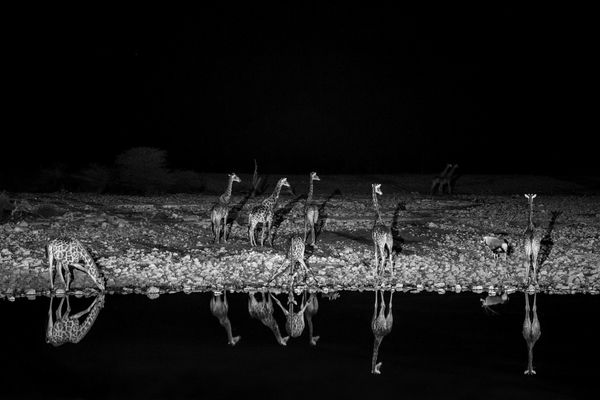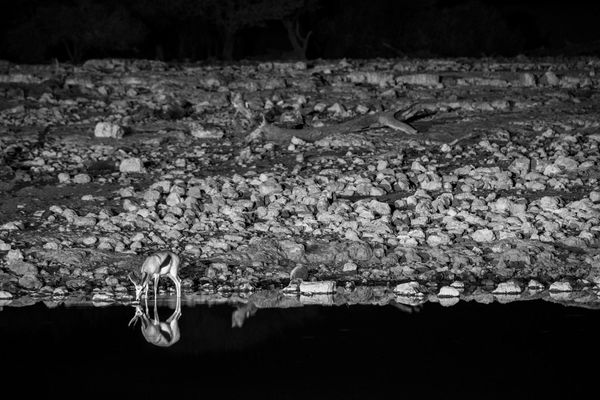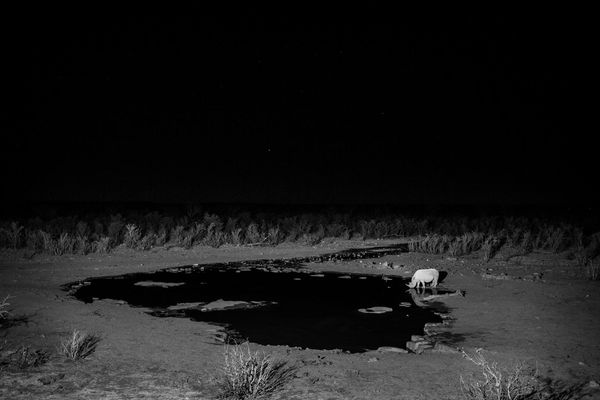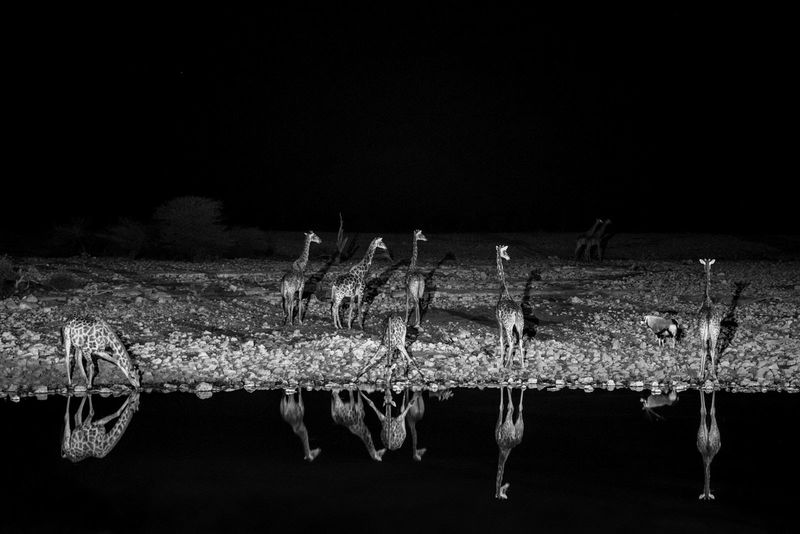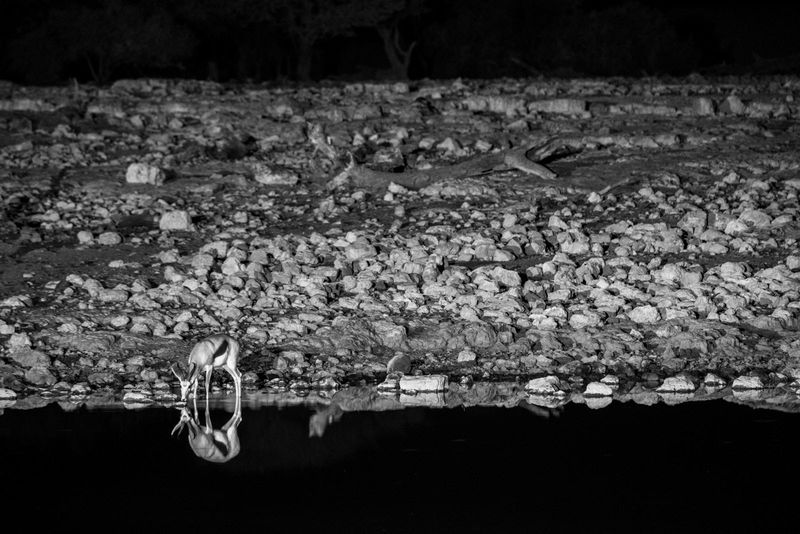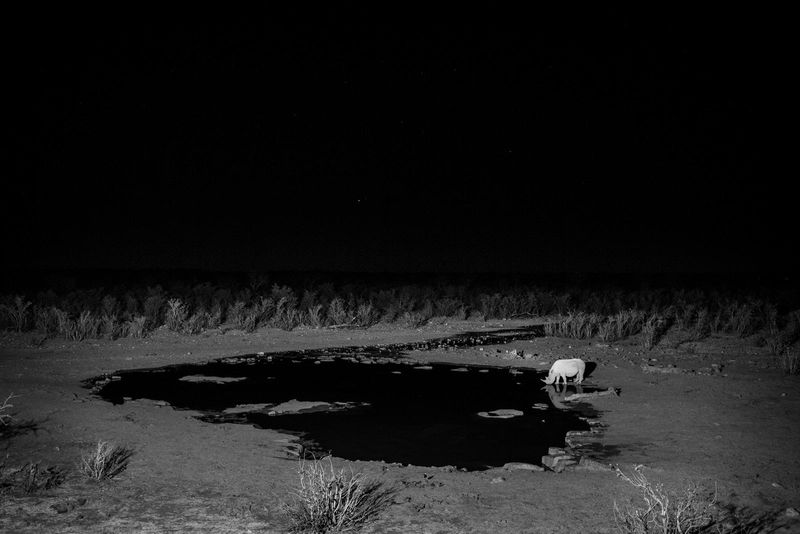Dreamlike Nocturnal Scenes in Namibia’s Etosha National Park
-
Published21 Jun 2018
-
Author
When a biologist by training becomes a photographer by trade, the end result is a quiet, topological understanding of our natural environment.
When a biologist by training becomes a photographer by trade, the end result is a quiet, topological understanding of our natural environment.
"Sorry we haven't connected... I was in the middle of the jungle”, Federico Pardo wrote to me in an email. Trained as a biologist, Pardo turned to filmmaking and photography to document the work of researchers in the field – a valuable knowledge that otherwise remains obscure to the public.
"As a biologist I look at the world from a specific lens. How are animals and humans connected to their environment? How do they survive? How do they gather food? etc. It’s a way of understanding how people and animals live and manifest their species", he explains. Accustomed to looking for patterns that occur or fail to occur within a certain context, Pardo develops a work that is logically topological, and nonetheless imbued with poetry.
In his series The Watering Hole, he captures animals sipping from a reservoir, sheltered by the calm of darkness. Under a soft moon light, black rhinos, giraffes, elephants and antelopes stop by the patient lens of Pardo. "I had to use a tripod and a long exposure, which gives the photos a handcraft look that reminded me of cave paintings. I felt like I was immortalising, with our contemporary tools, these animals that will eventually be gone", Pardo explains.
Black rhinos, whose horns are highly valued in China for their medicinal properties, are heavily protected as they are considered a critically endangered species - large-scale poaching resulted in a dramatic 96% decline of their population from around 70,000 individuals in 1970 to a little over 5,000 individuals today. And while giraffes don’t suffer the same threat, as sub-species they are nonetheless at risk. "Research shows that the isolation of giraffe populations due to Namibia’s arid climate and habitat loss leads to a lack of breeding opportunities. They thus have less chance to stay alive at term", Pardo recounts.
National parks may be an answer to their extinction, but it means populations will be forced to gather in certain areas, often surrounded with fences. "These are natural watering holes but humans adapted them for tourism. The way we enjoy wildlife in Africa nowadays is interesting – it depends on the controlling of the animal’s environment and the making of museum-like scenes so we can watch in the night these animals that will be gone. These are huge theme parks. It’s surreal. It’s like going to watch a movie!", Pardo comments. This undoubtedly undermines our understanding of wilderness.
--------------
Federico Pardo is a biologist, photographer, and documentary director of photography currently living and working between the United States and Colombia. Follow him PHmuseum, Twitter, and Instagram.
Laurence Cornet is a writer and curator based in Brooklyn focusing on cultural and environmental issues.
--------------
Getting Closer presents photographic works, mainly in a documentary vein, that speak about the causes and consequences of environmental degradation.
